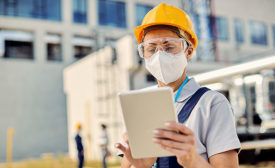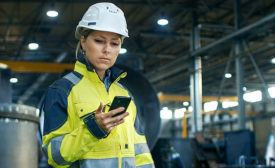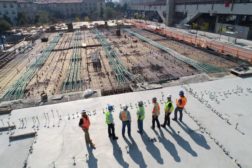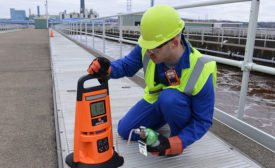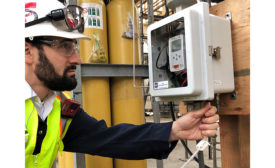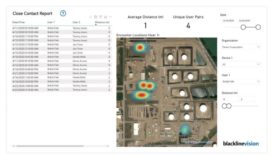Home » Keywords: » technology
Items Tagged with 'technology'
ARTICLES
Safety rests on the quality of our training
Read More
2021 Readers' Choice Awards: Technology
July 1, 2021
Identifying convergence fields and technologies for industrial safety
Key findings of a recent study on LDA-based network analysis
July 2, 2020
eCompliance launches revamped Field iD 4.0
Company offering three months free with sign-up
June 18, 2020
Become a Leader in Safety Culture
Build your knowledge with ISHN, covering key safety, health and industrial hygiene news, products, and trends.
JOIN TODAYCopyright ©2024. All Rights Reserved BNP Media.
Design, CMS, Hosting & Web Development :: ePublishing


